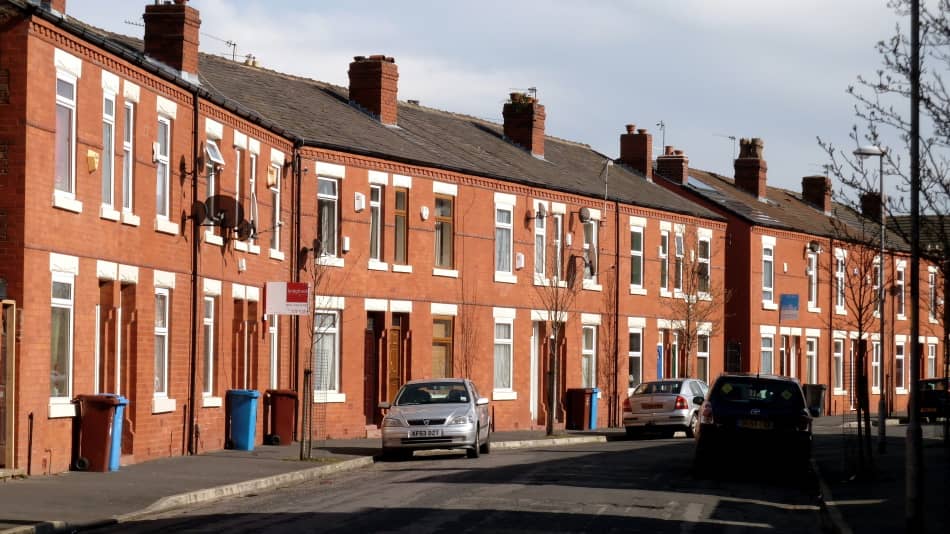British house costs slowed in March when buyers were refreshing for the expiration of a temporary tax break on buys, home loan lender Nationwide provided.
Average costs decrease 0.2 percent from February to £232,134, decreasing the pace of the yearly raise to 5.7 percent from 6.9 percent in February.
Robert Gardner, Nationwide’s chief economist, provided that the slowdown in March followed a 0.7 percent increase in costs in February when the market was still caught up in a mini-boom.
“Given that the wider economy and the labor market performed better than expected in recent months, the slowdown in March probably reflects a softening of demand ahead of the original end of the stamp duty holiday before the chancellor announced the extension in the budget,” Mr. Gardner said.
Britain’s housing market soared the previous year following Chancellor Rishi Sunak’s stamp duty land tax holiday, uncovered in July. The tax break, which removing the levy from the first £500,000 of the purchase cost of the main residence in England and Northern Ireland, resulted in an increase in deals.
UK home loans grant lowered in February when buyers expected Mr. Sunak’s property tax break to expire, although levels remained the highest since AMrch 2016, Bank of England data provided this week.
UK lenders granted 87,700 home loans in February, decreased by about 10,000 in January, and significantly dipped than the peak of 103,700 in November. However, granting levels were still 30 percent more than the same month previous year.
Mr. Sunak further increased teh tax break in his March budget to keep the market buoyant in the months ahead as the country slowly eases its Covid-19 restrictions.
The SDLT holiday is all set to carry on until the end of September, though from June onwards the threshold for the nil rate band will lower.
Examining the first quarter of 2021 in the UK, Northern Ireland witnessed the highest level of yearly house cost raise with a 7.4 percent raise in comparison to the same period a year before, while Wales and Scotland registered raise of 7.2 percent and 6.9 percent respectively.
England was the weakest performing nation in the three months to the end of March with a 6.4 percent raise in comparison to the previous year, a slight slowdown on the fourth quarter of 2020.
Mr. Gardner provided that recent signs of economic resilience, along with the stimulus measures reported in the budget, like the extension of the furlough scheme, stamp duty holiday, and home loan guarantee scheme, provided that housing market activity is likely to remain buoyant over the coming six months.
“It may be that the recovery continues to gather momentum and that shifts in housing demand resulting from the pandemic continue to lift the market,” he said.
“However, if the labor market weakens towards the end of the year as policy support is withdrawn, as most analysts expect, then the activity is likely to slow nearer the end of 2021, perhaps sharply.”
